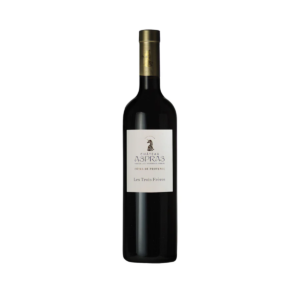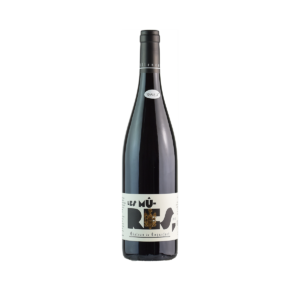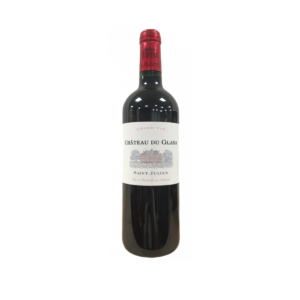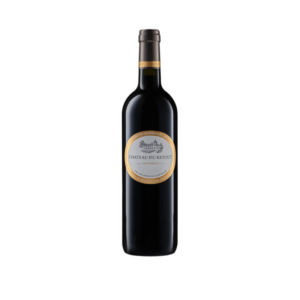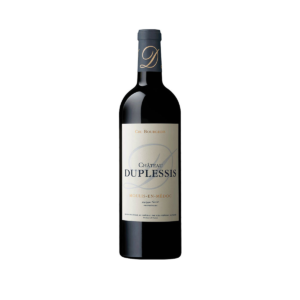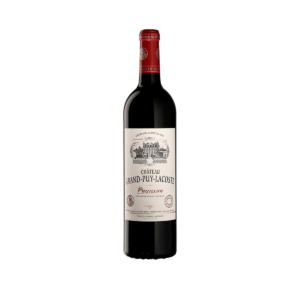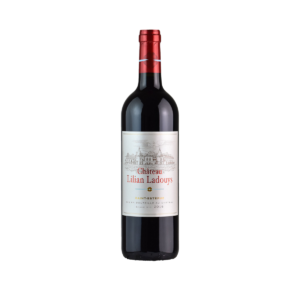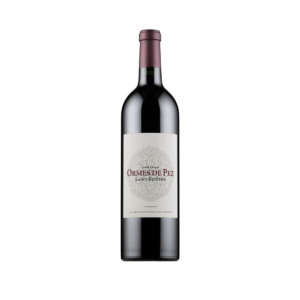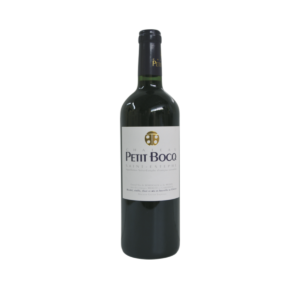Red wine
Cecile Paquet, Pinot Noir, 2022 Organic
The Cecile Paquet Bourgogne Pinot Noir has a lovely ruby hue in the glass. A rich nose with aromas of red fruits (cherry, raspberry) leads to a round palate with notes of licorice. Very complex, well-balanced and elegant Pinot Noir, typical from Burgundy.
Can be appreciated as an aperitif, but also goes well with grilled red meats, chicken, creamy risotto, and cheeses.
100% certified organic and practicing biodynamic Pinot Noir. The grapes are exclusively hand-picked into 15kg baskets and subjected to rigorous selection right in the vineyard and in the cellar. After this comes 9 days of maceration. The wine is neither fined nor filtered.
Chateau Aspras, Les Trois Frères, Côtes de Provence (AOP) 2022
Côtes de Provence AOP (Protected Designation of Origin) - Organic
Clear and brilliant color, a very pale pink tinged with raspberry reflections.
This complex and expressive rosé reveals a palette of varied aromas such as small red fruits, white peach or even bergamot enhanced with a floral note enveloping the whole.
In the mouth, the first sensation is ample and fleshy, then the mid-palate becomes fresher, giving way to a beautiful acidic tension which makes this rosé harmonious and elegant.
Chateau de l’Hospital, La Dame de L’Hospital, Graves 2019
The Dame de l'Hospital Graves Rouge from Château de d'Hospital in Bordeaux reveals a dense purple color in the swirled glass. This French cuvée flatters in the glass wonderfully distinguished notes of plums and sour cherries. This is joined by hints of toasted wood.
The Château de d'Hospital Dame de l'Hospital Graves Rouge presents itself pleasantly dry to the wine enthusiast. This red wine never appears coarse or meager, as one might expect from a wine in the high quality wine range. On the tongue, this powerful red wine is characterized by an incredibly silky texture. Due to the balanced fruit acidity, the Dame de l'Hospital Graves Rouge flatters with a soft mouthfeel without lacking freshness. The final of this youthful red wine from the wine-growing region of Bordeaux finally thrills with beautiful reverberation.
Chateau de Roquefort, Les Mures, Cotes de Provence, 2022
Château de Roquefort is ideally situated in the Côtes de Provence appellation area, between the Sainte Baume massif, which rises to an altitude of 1042 metres, and the Calanques National Park. The relief is made up of high plateaus, where the vines are grown organically (certified in 2006) and biodynamically at an altitude of 390 metres in the hollow of an imposing rocky cirque on terraces with clay-limestone soils. A very pretty Provence wine with just the right amount of ripe and fresh fruit. The balance on the palate is impeccable. This is a wine that will be a delight with meat in sauce.
Château du Glana, Saint-Julien, 2018
Еhe Saint Julien from the pen of Château du Glana from Bordeaux offers a bright purple color in the swirled glass. At the edge also shows a color transition to garnet red. The first nose of Saint Julien shows of blackberries, black currants and blueberries. The fruity hints of the bouquet are joined by cinnamon, black tea and gingerbread spice.
This wine delights with its elegantly dry flavor. It was bottled with exceptionally low residual sugar. This is a true quality wine, which clearly stands out from simpler qualities and so this Frenchman naturally enchants with the finest balance despite all dryness. Taste does not necessarily need sugar. On the tongue, this balanced red wine is characterized by an incredibly dense texture. In the finish, this well storable red wine from the wine-growing region of Bordeaux finally inspires with considerable length. There are again hints of black currant and blueberry.
Chateau du Retout, Haut-Medoc, 2018
68.5% Cabernet Sauvignon, 24.5% Merlot and 7% Petit Verdot planted here, the vines grow on a gravel ridge, close to Lamarque, where one can catch a ferry across the Gironde estuary to Blaye. Great care is taken in the vineyards, with ploughing between the rows and only natural fertiliser made from horse manure and organic waste from the vines used. This 2018 is a truly appetizing bottle, with aromas of ripe damson and plum, very pure. There is a lovely fleshy texture, with fine tannins and super length to finish.
Château Duplessis, Château Duplessis , Bordeaux 2015
Producer
PHILIPPE FERRIER
Moulis-en-Médoc is nestled on the Left Bank, between the cru appellations of Margaux and Saint-Julien. This lesser-known vineyard area, grown on similar soils of gravel and limestone over deeper clays and silt, can offer great value. The Château Duplessis 2018 vintage has attractive fresh and baked fruit aromas with earthy, spicy undertones. The palate has good depth, brisk acidity, well integrated oak flavours and bold tannins
Chateau Grand-Puy-Lacoste, Pauillac, 2018
The 2018 Grand-Puy-Lacoste is fabulous, just as it was from barrel. Strong Cabernet inflections soar out of the glass, giving the wine a compelling aromatic profile laced with the essence of graphite, dried herbs, menthol and dark fruit. One of the most classic (for lack of a better word) wines in the Left Bank in 2018, Grand-Puy-Lacoste is super-impressive right out of the gate. Grand-Puy-Lacoste is ultimately a wine of tremendous class that remains restrained and aristocratic in breeding.
Château La Prade, Côtes de Francs 2015
The 2015 Chateau La Prade is a great wine to enjoy and completely over delivers for the price. Overflowing with rich, dark fruits enveloped in satiny smooth tannins, this is an easy wine to pick for your Tuesday night drinker. As you probably know by now, 2015 in Bordeaux was an exceptional vintage with well ripened fruit and exceptional balance and freshness. The beauty of the vintage is the quality extends from the higher priced Classified Growths and Grand Cru Classe's to the more reasonably priced wines. A perfect example is this wine from Chateau La Prade which received a 92 Point score from James Suckling."
Château Lilian Ladouys, Saint-Estephe, 2018
When tasted, Lilian Ladouys always reveals a rich and crisp structure with ripe tannins and refined oak which melts into an explosion of fruit. It has the opulence and length of a Saint-Estèphe fine wine. Thanks to the appellation’s limestone-clay subsoils, its power is balanced out by a wonderful sensation of freshness.
Our top wine is matured for an average of 14 months in our superb barrel store (40-60% new oak depending on the vintage). Cabernet Sauvignon and Merlot make up the majority of the blend, with the proportions varying from one year to the next. They are supplemented by Petit Verdot and Cabernet Franc. The estate’s wines go into gravity-fed vats and undergo vinification with a partially gravity-based system, which is more sensitive to the integrity and subtleties of the grapes and the wine.
Chateau Ormes des Pez, Bordeaux
Some very old ormes (elm trees), which no longer exist, account for the name of this property, whose history can be traced back to the 18th century. The 35-hectare vineyard is located around the hamlet of Pez and is divided into two main plots, in the center and north of the commune of Saint-Estephe.
Chateau Ormes des Pez has very homogenous soil (a clay gravel mixture typical of Saint-Estephe) and many of the vines are quite old. The grapes are hand-picked. After selecting the vats and blending, the wine is aged in oak barrels for 15 months in a magnificent cellar overlooking the courtyard.The 2016 vintage was characterised by a relatively early bud break, a wet spring, ideal flowering, a hot dry summer resulting in the progressive introduction of water supply constraints and an autumn conducive to ripening, bringing just a few millimetres of necessary rainfall.


